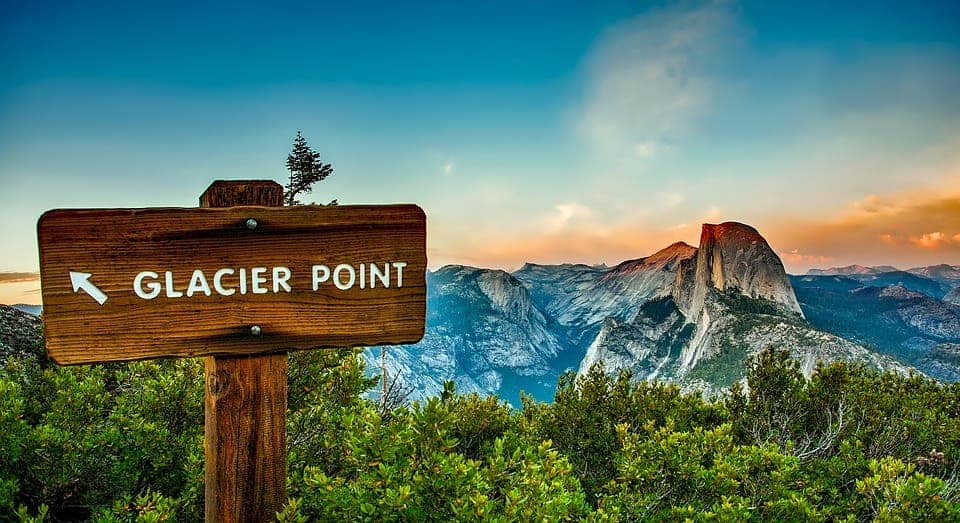Climate change will force species to migrate in search of ideal living conditions, and a new paper estimates where they’ll go in order to inform conservation efforts.

Each species has a set of conditions it likes to live in — a certain amount of light, a temperature that’s just right, certain habitats to act as shelters, and a preferred menu. With shifting climates, however, the traditional ranges species inhabit, which correspond to the areas that satisfy their requirements, will also shift. Under these conditions, species will likely migrate to find greener pastures.
But where to?
“We are going to need to protect different places if we want to protect biodiversity in the future,” said lead author Joshua Lawler, a UW professor in the School of Environmental and Forest Sciences.
“We need to think about where species will go as the climate changes, and then plan for that. The business-as-usual planning process isn’t going to work.”
Efforts to protect plant and animal species hinge on knowing which areas these species inhabit. For example, habitat conservation efforts around the snowy plover focus on specific locations along the Washington coast, because that’s where the animals live.
A new paper authored by researchers from the University of Washington and The Evergreen State College aims to understand how species migration as a result of climate change will impact future conservation efforts. For the study, the team analyzed whether accounting for climate change can improve our current biodiversity conservation practices, and how expensive it would be to implement. They report that most species are expected to migrate due to climate change, and that we’ll need to shift the areas we focus on to keep adequately protecting them.
The team looked at 1,460 different species of plants, birds, mammals, reptiles, and amphibians across the continental US. For each, they considered which current and potential future protected habitats are suitable for their needs. All in all, if impacts from climate change aren’t specifically considered, the team found that 14% of the species won’t have a viable habitat in the future. Current protection efforts focus exclusively on the areas where the species are living today, the team explains, not where they need to be in a warmer future.
“Our findings show that species are going to shift around, and we are going to have to put some of our conservation efforts in different places — and that will come at a cost,” Lawler said.
“Climate change effects that were originally projected to be decades in the future are starting to become apparent in the present day. This is not an abstract concept anymore,” said co-author John Withey, a professor at Evergreen. “We need to take action as soon as possible, thinking about where species may need to go under climate change, and providing corridors through which they can move.”
The team considered three approaches to including climate change migration predictions into our current conservation efforts. The first involved selecting certain species and then extending protection beyond the areas they inhabit now to include their estimated future range. The team used the Townsend’s chipmunk, western rattlesnake, and yellow-billed magpie as models for this step — they found it would cost about 60% more than solely protecting their current habitats. More general approaches, such as installing “climate corridors” or protecting landscapes with rare or disappearing climatic conditions wouldn’t lead to many increased costs — likely because many of these landscapes are already protected.
“It was encouraging to see that there were some climate-based solutions that didn’t increase the cost substantially,” said co-author Julia Michalak, a UW research scientist in the School of Environmental and Forest Sciences.
The team hopes that their findings will help policy-makers identify which areas are a high priority for conservation in general — they caution that the paper isn’t intended to help pinpoint specific new parks to protect. Still, having a general idea of what will work in the future should help us save money now and cut down on hassle down the road. And it will help keep as many plants and critters alive as possible.
The paper “Planning for climate change through additions to a national protected area network: implications for cost and configuration” has been published in the journal Philosophical Transactions of the Royal Society B: Biological Sciences.


